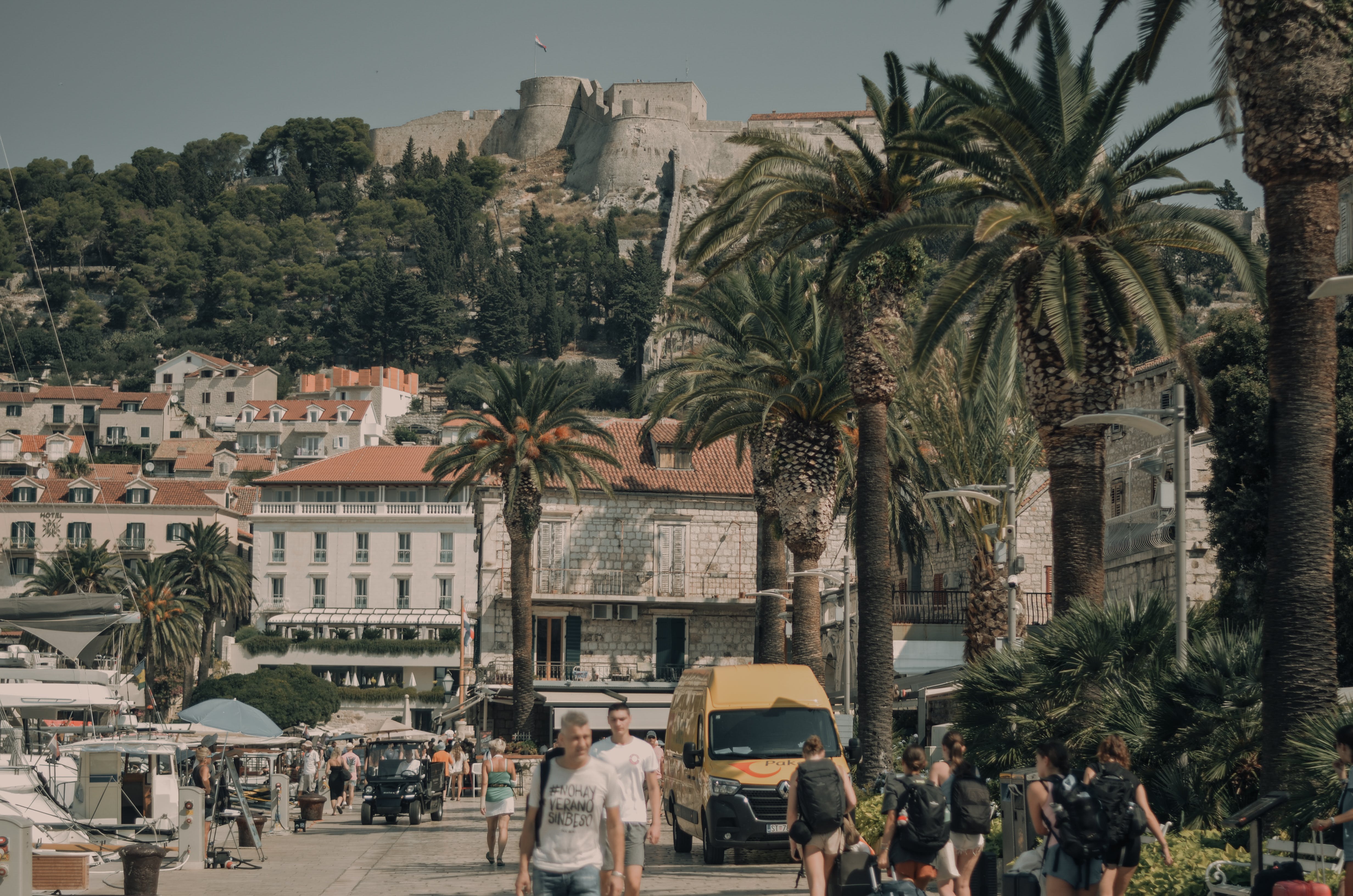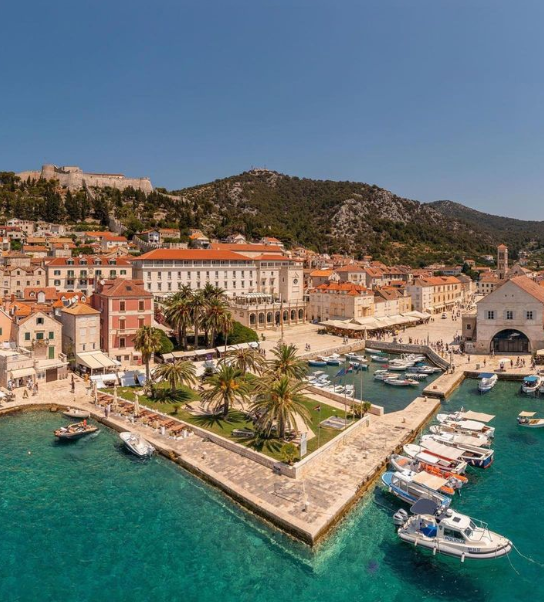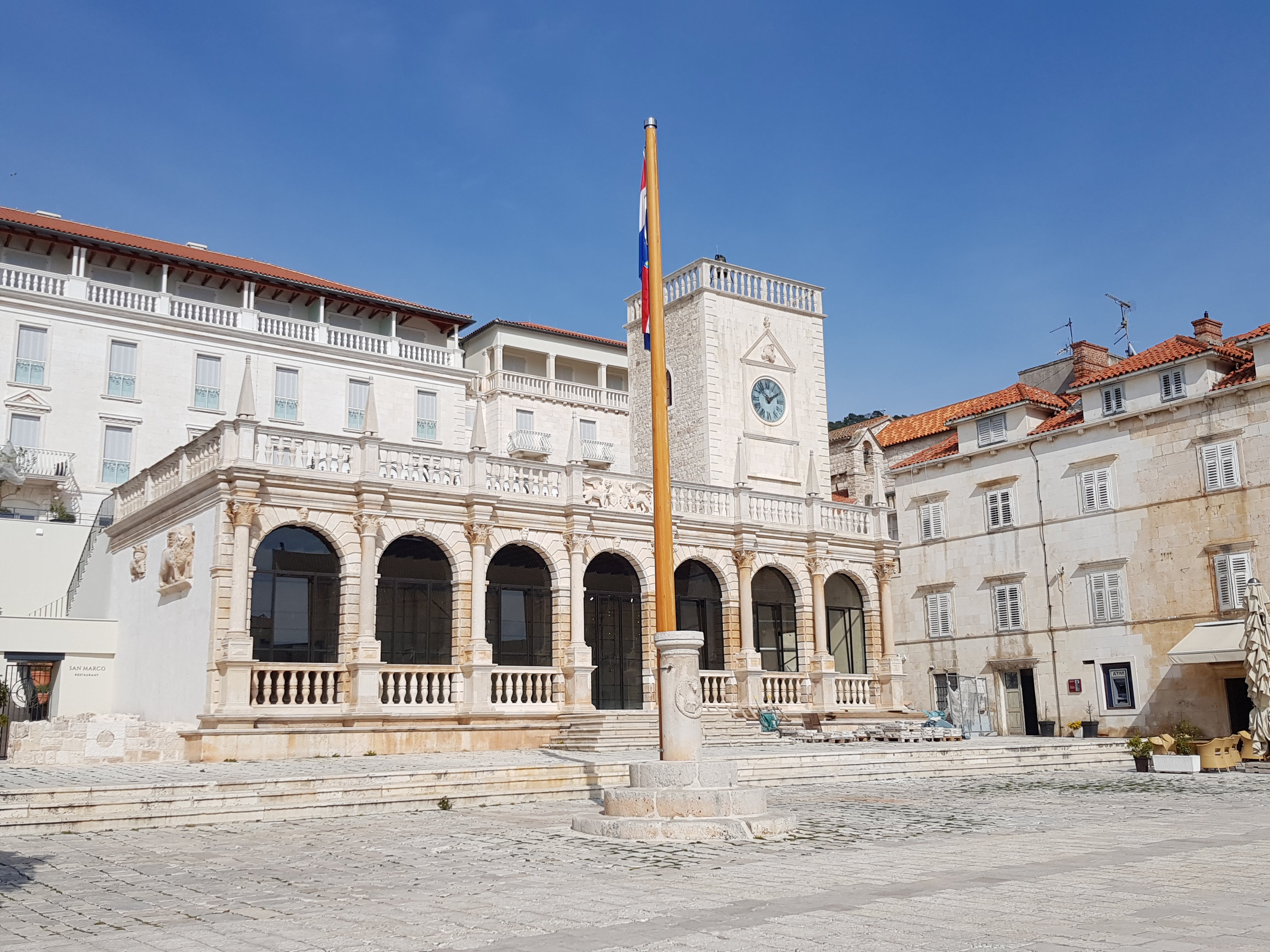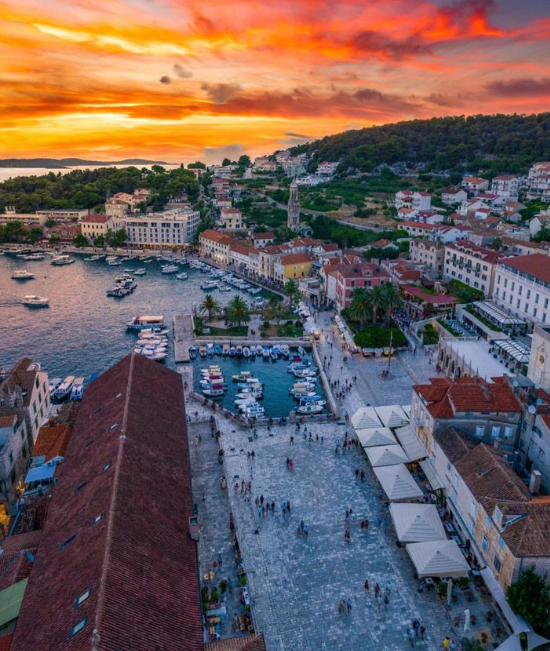Hvar: A Historic Journey Through the Island's Treasures
Table of Contents
Hvar: A Historic Journey Through the Island's Treasures

Ancient Roots
Hvar's history harks back to the mists of antiquity. It was settled by the ancient Greeks around the 4th century BC, who named it Pharos. The town of Stari Grad, perched on the northern coast, is one of the oldest in Europe and stands as a testament to these early settlers. The influence of Greek culture can still be seen in Hvar's architecture and way of life.
Roman Influence
The Romans followed the Greeks, and Hvar became a vital part of the Roman Empire. Agriculture thrived on the island, and Hvar was known for its production of wine and olives. The ancient theatre in Hvar Town, now beautifully restored, is a relic from this era and provides a glimpse into the island's rich past. Medieval Marvels.
Medieval Marvels
In the Middle Ages, Hvar fell under the rule of the Venetian Republic. The Venetians left their mark on the island, erecting fortifications and palaces that still stand today. The magnificent Hvar Fortress, or Španjola, offers panoramic views of the town and is a testament to the island's medieval legacy.
Habsburg Era and Austro-Hungarian Rule
The 18th century brought Hvar under Habsburg rule, and later, it became a part of the Austro-Hungarian Empire. This period witnessed the modernization of the island's infrastructure and the expansion of its settlements. The neoclassical architecture seen in Hvar Town reflects the influence of this era.
World Wars and the Yugoslav Era
The 20th century brought its share of turmoil, including both World Wars and the Yugoslav era. During World War II, Hvar experienced conflict and occupation by various forces. It later became a part of the Socialist Federal Republic of Yugoslavia, where it played a role in the country's growing tourism industry.

Hvar Today
In the present day, Hvar stands as a vibrant and alluring destination, drawing travelers from around the world. Its history is preserved in its historic sites, architecture, and local culture. Visitors can explore the island's rich past while savoring its modern-day pleasures.
Historical Gems to Explore
Stari Grad Town: The oldest town in Europe inhabited since the neolithic and also protected by UNESCO World Heritage has to be on your must-visit list!

Photo source: stari_grad_hvar.ig
Hvar Fortress: Perched above Hvar Town, this fortress offers panoramic views and a glimpse into the island's medieval history.

Photo source: visithvar.ig
The Arsenal: Located in Hvar Town, the Arsenal was once a shipbuilding facility and is now a cultural center that hosts various events and exhibitions.

Franciscan Monastery and Museum: In Hvar Town, this monastery and museum house a rich collection of art and historical artifacts.

Photo source: visithvar.ig
St. Stephen's Square: The central square of Hvar Town is surrounded by historic buildings and is a hub of cultural activity.

Photo source: visithvar.ig
Exploring Hvar means not only discovering its stunning natural beauty but also unraveling the intricate threads of its storied past, making it an island of rich historical depth and timeless treasures
